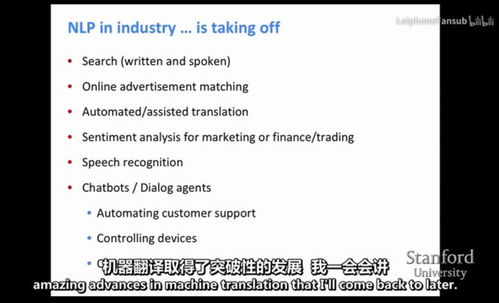Navigating the Sea of Trade: What Trade Mode Should You Choose?
In the ever-evolving global marketplace, selecting the appropriate trade mode is a crucial decision that can significantly impact the success and efficiency of your business. Whether you are a small-scale entrepreneur or a large corporation, understanding the different trade modes and their implications is essential. In this article, we will explore various trade modes and discuss the factors you should consider when deciding what trade mode is best suited for your business.
Direct Trade
Direct trade is a mode where the exporter sells goods directly to the importer without the involvement of any intermediaries. This mode is often favored by businesses that want to maintain close relationships with their customers and have greater control over the quality and delivery of their products.
Pros:
Cons:
Indirect Trade
Indirect trade involves the use of intermediaries, such as agents, brokers, or distributors, to facilitate the sale of goods between the exporter and the importer. This mode is particularly popular in industries with complex supply chains or when dealing with unfamiliar markets.
Pros:

Cons:
Dropshipping
Dropshipping is a retail fulfillment method where a store does not keep the products it sells in stock. Instead, when a store sells a product, it purchases the item from a third party and has it shipped directly to the customer. This mode is gaining popularity among online entrepreneurs due to its low startup costs and ease of operation.
Pros:
Cons:
Consolidated Trade
Consolidated trade involves combining multiple shipments from different exporters into a single shipment. This mode is particularly beneficial for small and medium-sized businesses that want to benefit from economies of scale and reduce transportation costs.
Pros:
Cons:
Contract Manufacturing
Contract manufacturing is a trade mode where a manufacturer produces goods according to the specifications of another company. This mode is often used by businesses that want to focus on their core competencies while outsourcing the production process.
Pros:
Cons:
Factors to Consider When Choosing a Trade Mode
When selecting a trade mode, it is essential to consider the following factors:
Conclusion
Choosing the right trade mode is a strategic decision that requires careful consideration of your business goals, resources, and market conditions. By understanding the various trade modes and their implications, you can make an informed decision that will contribute to the success and growth of your business in the global marketplace. Remember, the best trade mode is one that aligns with your business strategy, minimizes risks, and maximizes your potential for success.